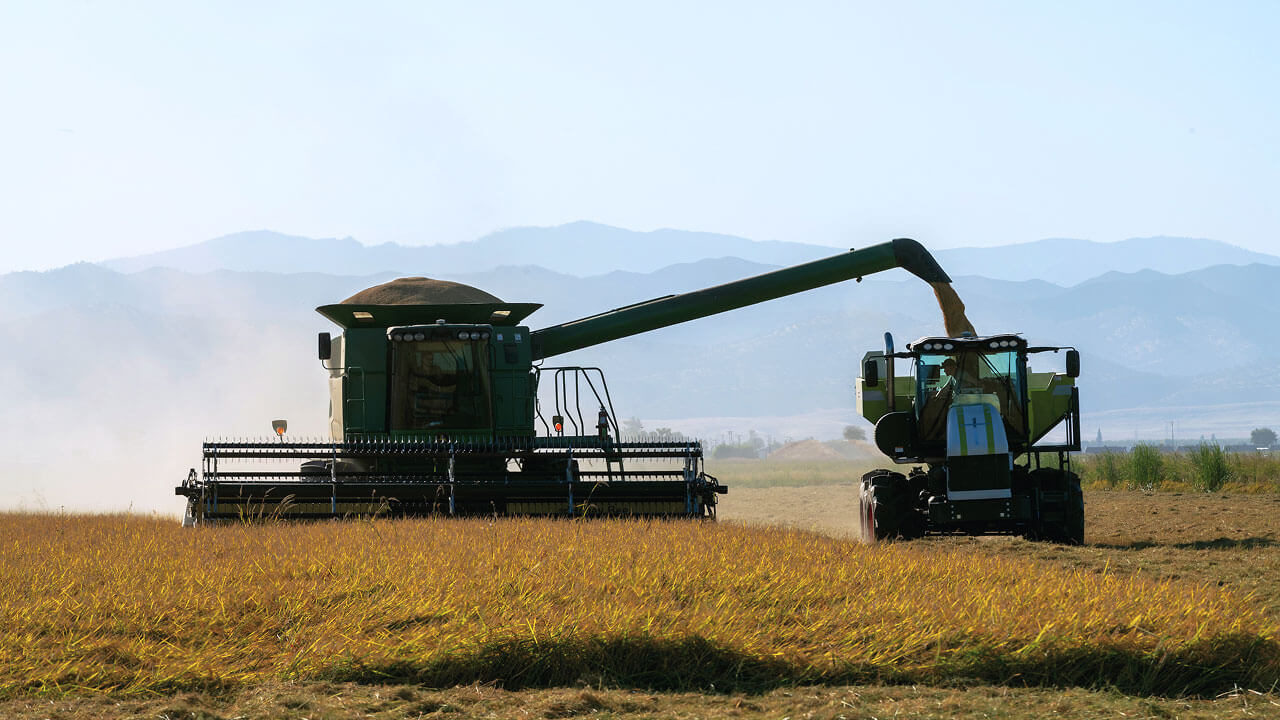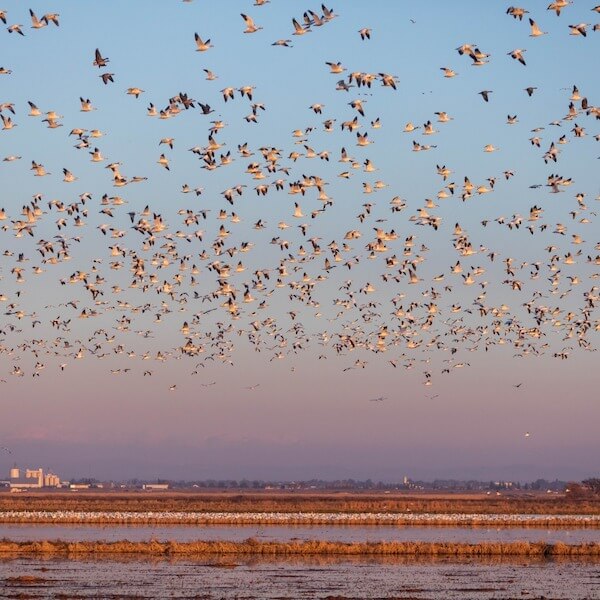It’s in our Nature.
Preserving California’s wildlife and enhancing vital habitats through innovative rice farming practices.

A New Home for 230 Species
Over time, 95% of California's wetlands have disappeared, leaving hundreds of species without habitat. Today, Sacramento Valley’s 500,000 acres of rice fields mimic historical wetlands — and provide a home — to millions of birds, fish, and reptiles.
27
Vulnerable and threatened species live in rice fields throughout the year, including the Giant Garter Snake, Western Pond Turtle, the Greater Sandhill Crane, and Tricolored Blackbird.
60%
Of the winter diet for more than 7 million migrating ducks and geese are found in rice fields.
2x
Salmon are expected to double in weight when feeding from winter-flooded rice fields, helping them grow to sizes that aid in survival and help complete their journey to the sea.
From the Heart of California
The groundbreaking Rice Footprint Report uncovers what rice farming makes possible: protecting California's native species, enhancing biodiversity, and providing essential food and habitat for wildlife.
A partnership of the University of California Davis and Point Blue Conservation Science

Learn How We Grow America’s Sushi Rice
Learn what it takes to grow rice for your favorite sushi rolls, poke bowls, bibimbap, and beyond.
Creative Cooking
Get step-by-step instructions to make California rice recipes in your kitchen. From tasty dishes crafted by award-winning chefs, local restaurant favorites and culinary creators we’ll help you get the perfect bite.








